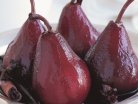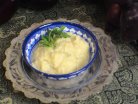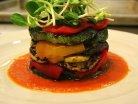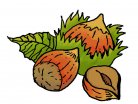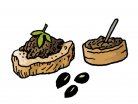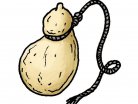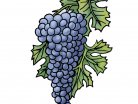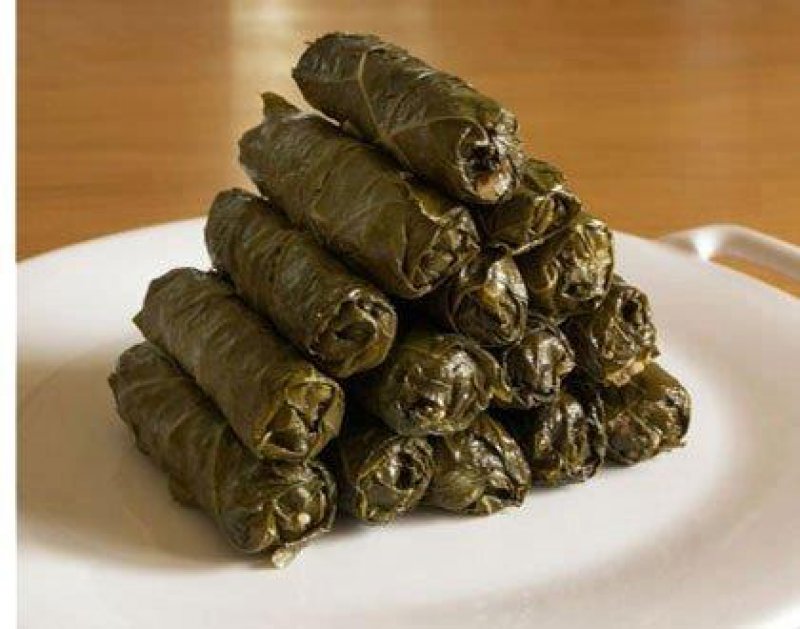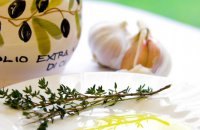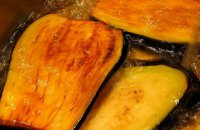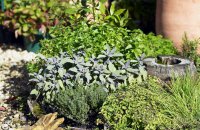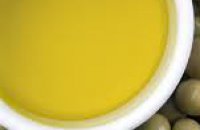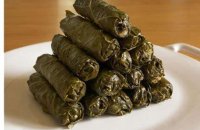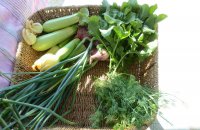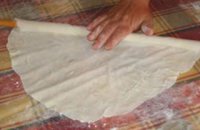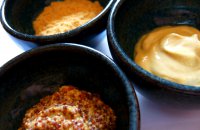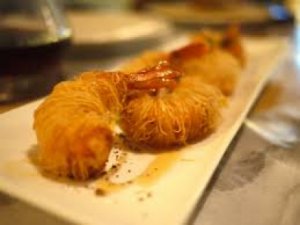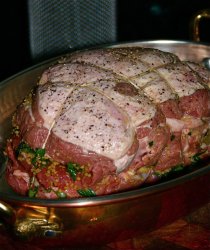As early May sunlight imposes itself on Greece, grapes begin to show the first signs of life on country vines and city trellises alike. Tiny berries peek out from winding vines, but the leaves are already big and soft, bright green, and, as cooks would have it, perfect for the picking.
May is the time that Greek home cooks collect these tender leaves, either snapping them off home-grown vines themselves or buying them already picked at the farmers' markets all over the country. When they are bought fresh, grape leaves have none of the briny acidity that usually comes with the store-bought, pickled variety that is more common. They are tender and subtle, and home cooks usually buy them by the stack to blanch, and then freeze, for use all year long.
Dolmades in the Eastern Mediterranean
The regional variations of dolmades are endless. In Georgia, for example, the dolma is filled with rice, either ground beef or lamb, garlic, onions and dill. Traditionally, Georgians simmer their dolmades over lamb bones, and then serve them hot with yoghurt and garlic. The Armenians make a dish called "dolmas yialantzi," which is similar to a Greek dish by the same name, except that the Armenian version is redolent of garlic and paprika. The Lebanese, like the Georgians, also place bones on the bottom of the pot, but stuff the leaves with either rice, ground meat, and mint, or sometimes tomatoes and/or chick peas. They call the dish "war einab" ("war" means leaf, while "einab" means grape vine). In Syria, "war anib" is also filled with rice, ground meat, and parsley, but is also seasoned with cinnamon and allspice. The Syrians strew a layer of tomatoes on the bottom of the pot before placing their grape leaves on top. Farther to the south, in Iran and Iraq, the flavor changes considerably with the addition of tamarind and pomegranate juice to the rice filling. There is even a Sephardic Jewish recipe for cinnamon-scented dolmas served in an apricot sauce.
Origins and Travels
"How could you eat dolmades?" an Italian friend once asked me. "They're nothing but leaves!" But that very fact is what has always intrigued me. Who first thought of ripping the leaves off Dionysus' vines in order to stuff and cook them?
The practice of cooking with leaves is ancient, predating even the use of clay. But in most cases, leaves were used simply as vessels, and not necessarily eaten. Much like the use of banana or coconut leaves in Asian cookery today, the ancient Greeks used fig leaves as cooking vessels.
The use of grape leaves as an ingredient in cooking today is limited to Greece, the Balkans, and the Middle East. The word "dolmas" is Turkish, and is more indicative of the dish's travels than of its provenance. Nowhere in Europe, and certainly not in any of the vine-growing regions of the European Mediterranean west of Greece, do we find any dish even remotely resembling the Greek dolmades. Perhaps one reason that the dish stopped short in Greece and did not continue its travels westward is simply because the Ottomans never made it as far as Italy or France. The Ottomans spread the dish we know as dolmas all over their empire.
But it was the ancient Greeks that knew of rice, the main ingredient of the dish. In fact, Theophrastus mentions it in his 300 BC work, "Enquiry into Plants," but 18 centuries elapsed before rice became a substantial part of the Greek table. Greeks began cooking with rice in the 15th and 16th centuries. As for the origin of the grain itself, it is known with relative accuracy that the grain first grew in Persia. And it is in Persia that the first written record of a dish similar to dolmades appears, in the diaries of a symposiast at one of the banquets of King Khusrow II at the start of the 7th century.
Cooking Tips
Commercially available grape leaves tend to be tough and quite briny. They need to be rinsed well and blanched in boiling water for 3 to 5 minutes. Drain them with a slotted spoon, rinse them under cold water and let them cook before before using.
To freeze your own: Choose leaves from a few weeks to a month old. Wash them, then blanch them for about two minutes in lightly salted water. Drain and rinse. Pat them dry and store them in the freezer in stacks of 30, well wrapped in plastic. To use, bring down to room temperature.
How to Roll Dolmades
Place the individual leaves vein-side up, in as many rows as will fit on your work surface. Snip off the stems. Place a scant tablespoon of filling on the center bottom of each leaf, leaving about half an inch of space. Fold in the sides to cover the filling, then fold in the bottom. Roll up the leaves, gently tucking in the sides as you go.
The Mystery of Dolmades
Stuffed grape leaves, or "dolmates," are one of the foods that most people associate mainly with Greece; however, the dish is one that comes in dozens of regional variations- from the Balkans, to Georgia, south through Turkey, and, of course, all over the Middle East.
Category:
Related Articles
Most Popular recipes
































